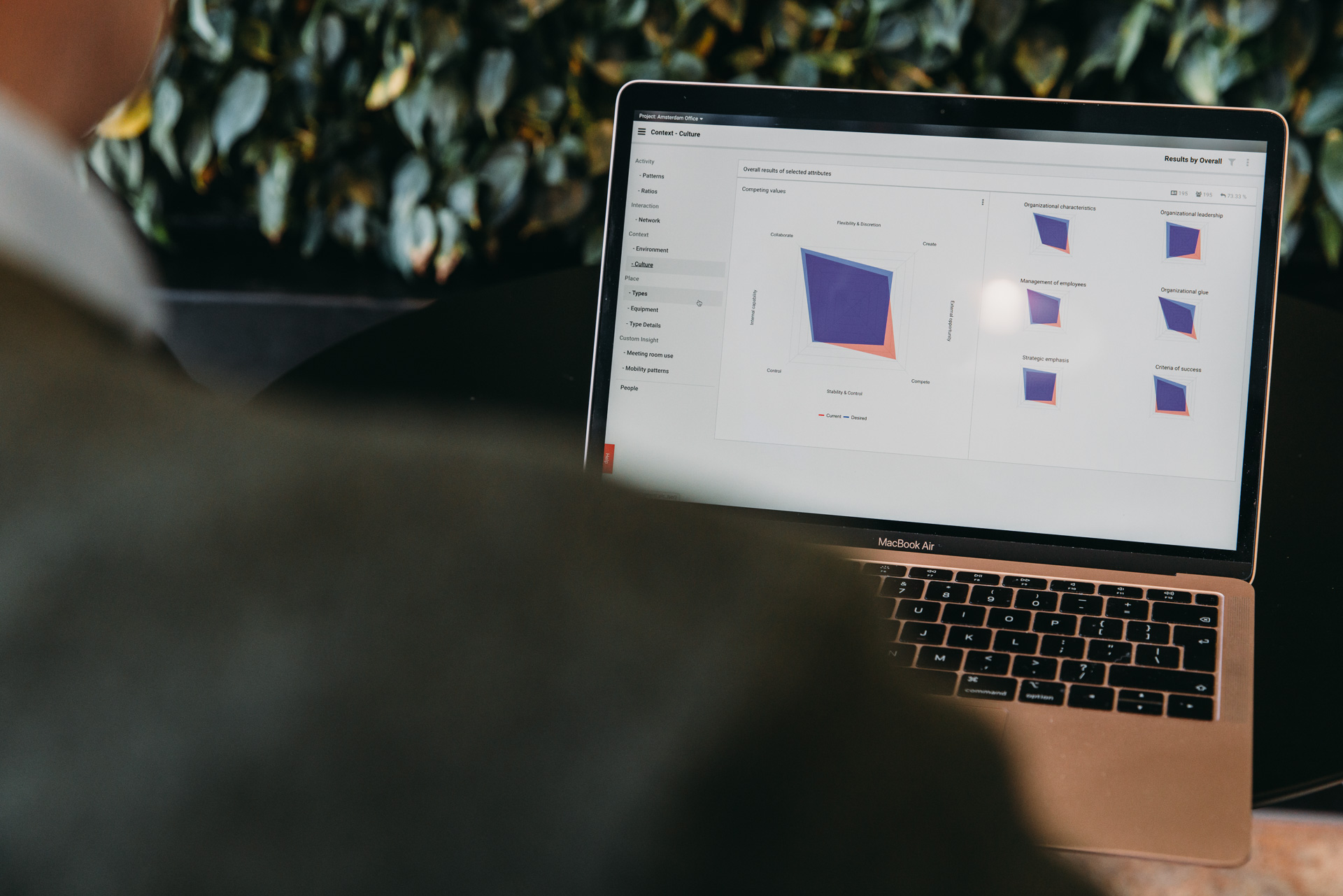How Facility Managers Can Optimize Their Building Space Utilization
Facility managers and real estate managers are responsible for creating work environments that are efficient, cost-effective, and comfortable for employees. However, with changing work trends and increasing real estate costs, optimizing building space utilization has become more critical than ever. In this blog, we’ll explore how facility managers can use workplace analytics software to gather data on employee behavior and make informed decisions about office space design, leading to improved employee satisfaction, higher productivity, and cost savings.
The Benefits of Optimizing Building Space Utilization
Optimizing building space utilization has several benefits for facility managers and real estate managers. Firstly, it can help reduce real estate costs by identifying unused or underutilized space that can be repurposed or eliminated. Secondly, it can improve employee satisfaction by creating a more comfortable and productive work environment. Finally, it can increase productivity by reducing distractions and creating a more collaborative workspace.

How Workplace Analytics Software Can Help
To optimize building space utilization, facility managers need accurate data on how employees are using the space. This is where workplace analytics software comes in. With tools like Reworc’s workplace analytics software, facility managers can gather data on employee behavior and use it to make data-driven decisions about office space design. For example, the software can track how often employees are using different workspaces, identify unused or underutilized areas, and recommend changes to improve space utilization.
Key Features of Reworc’s Workplace Analytics Software
Reworc’s workplace analytics software is designed to provide facility managers with a comprehensive view of their office space utilization. Some key features of the software include:
- Interactive Dashboard: The software’s dashboard provides an interactive overview of office space utilization, enabling facility managers to quickly identify areas that need improvement.
- Space Utilization Metrics: The software tracks several space utilization metrics, including occupancy rates, utilization rates, and let’s you calculate peak usage times. This data can be used to identify underutilized areas and optimize office space design.
- Employee Personas: The software uses machine learning to create employee personas, enabling facility managers to understand how different groups of employees are using the workspace and make informed decisions about office space design.
- Actionable Recommendations: The software provides actionable recommendations based on the data it gathers, enabling facility managers to make data-driven decisions about office space design and improve employee satisfaction.

Real-World Examples
Reworc’s workplace analytics software has helped several organizations optimize their office space utilization. For example, a large technology company used the software to identify underutilized areas and repurpose them for collaboration spaces, resulting in increased collaboration and productivity. A financial services company used the software to understand how different departments were using the workspace and make informed decisions about office space design, resulting in improved employee satisfaction and reduced real estate costs.
Conclusion
Optimizing building space utilization is crucial for facility managers and real estate managers looking to create efficient, cost-effective, and comfortable work environments. With workplace analytics software like Reworc’s, facility managers can gather data on employee behavior and make informed decisions about office space design, leading to improved employee satisfaction, higher productivity, and cost savings.
Other posts

The future of work: crafting a winning hybrid working workplace strategy

Enhancing Organizational Health and Performance: A Holistic and Evidence-Based Approach

